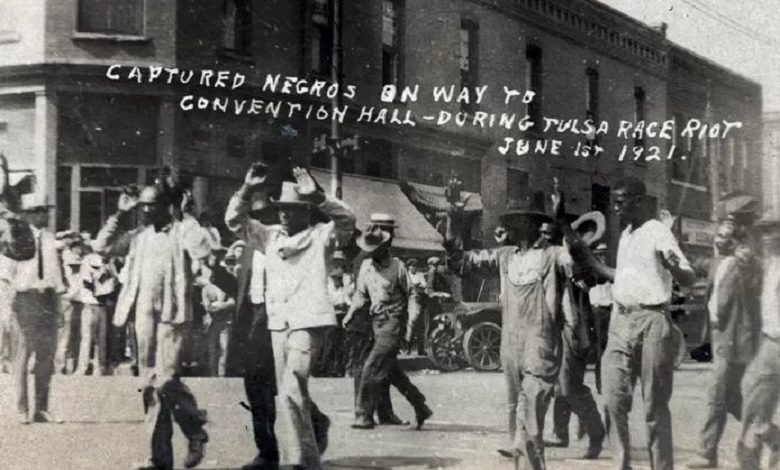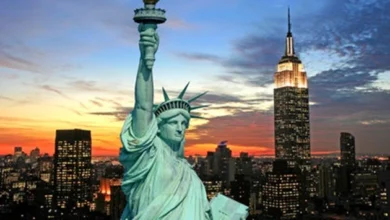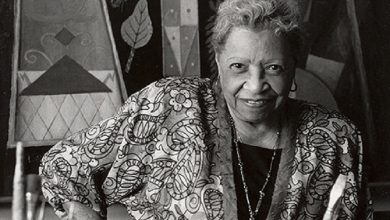100 Years Ago: The Tulsa Massacre that killed 300 black residents

Hundreds of people commemorated the 1921 massacre in the city of Tulsa, Oklahoma, on Monday. They remembered one of the deadliest massacres in American history that killed estimated hundreds of black residents.
Multiple civil rights activists, including Reverend Jesse Jackson, shared prayers and commemorative speeches for the historic Vernon African Methodist Episcopal Church. It was under construction at the time and was largely destroyed a hundred years ago. On May 31 and June 1, 1921, a mob of white men invaded Greenwood’s affluent black neighbourhood, burning houses and attacking residents.

The reason was the alleged assault of a white female elevator operator by a young black shoe shiner. An accusation that has never been proven. Dozens of armed white men gathered around the police station in the evening and demanded the shoe shiner’s extradition. Skirmishes with black attendees ensued.
Black Wall Street
Shots were fired at night, a foretaste of what was about to happen the next morning. White men with guns gathered at strategic points in Greenwood – nicknamed Black Wall Street – and coordinated lynching of black residents. About 35 blocks of houses went up in flames.
The local government did nothing or oppose internment camps to which Greenwood residents were herded. According to estimates from a 2001 commission of inquiry – more than eight decades later – up to 300 black residents lost their lives in the Tulsa Race Massacre. This is probably an underestimate.
Researchers are convinced that the lynching parties could not take place without the cooperation of local administrators. No wonder that in the years that followed, there was no prosecution of the participants of the lynching parties.
Victims were never paid any compensation, and the government mainly attempted to banish the mass murder from memory. Only in recent years has the massacre been included as a compulsory subject matter at school.
Tulsa was an exception in terms of size, but lynchings against ‘Negroes’ were common in the southern United States in the decades leading up to World War II.

President Joe Biden released an official statement on Monday to commemorate the 1921 attacks in Tulsa. In the text issued by the White House, Biden called on Americans on the day of the centenary of the massacre to reflect on the roots of racial terror in the country and to help eradicate systemic racism in the country. The president is visiting Tulsa later today.
“A century later, the anguish and pain of the destruction of Greenwood can still be felt,” says Biden. As Viola Fletcher, the 107-year-old survivor of the Tulsa massacre, boldly told Congress that she would never forget the violence of the white crowd as she saw black men shot and bodies lying in the streets. With this proclamation, “I promise to the survivors, including Viola Flectcher, Hughes van Ellis and Lessie Benningfied Randle, and the descendants of all the victims, that we will never forget.”





